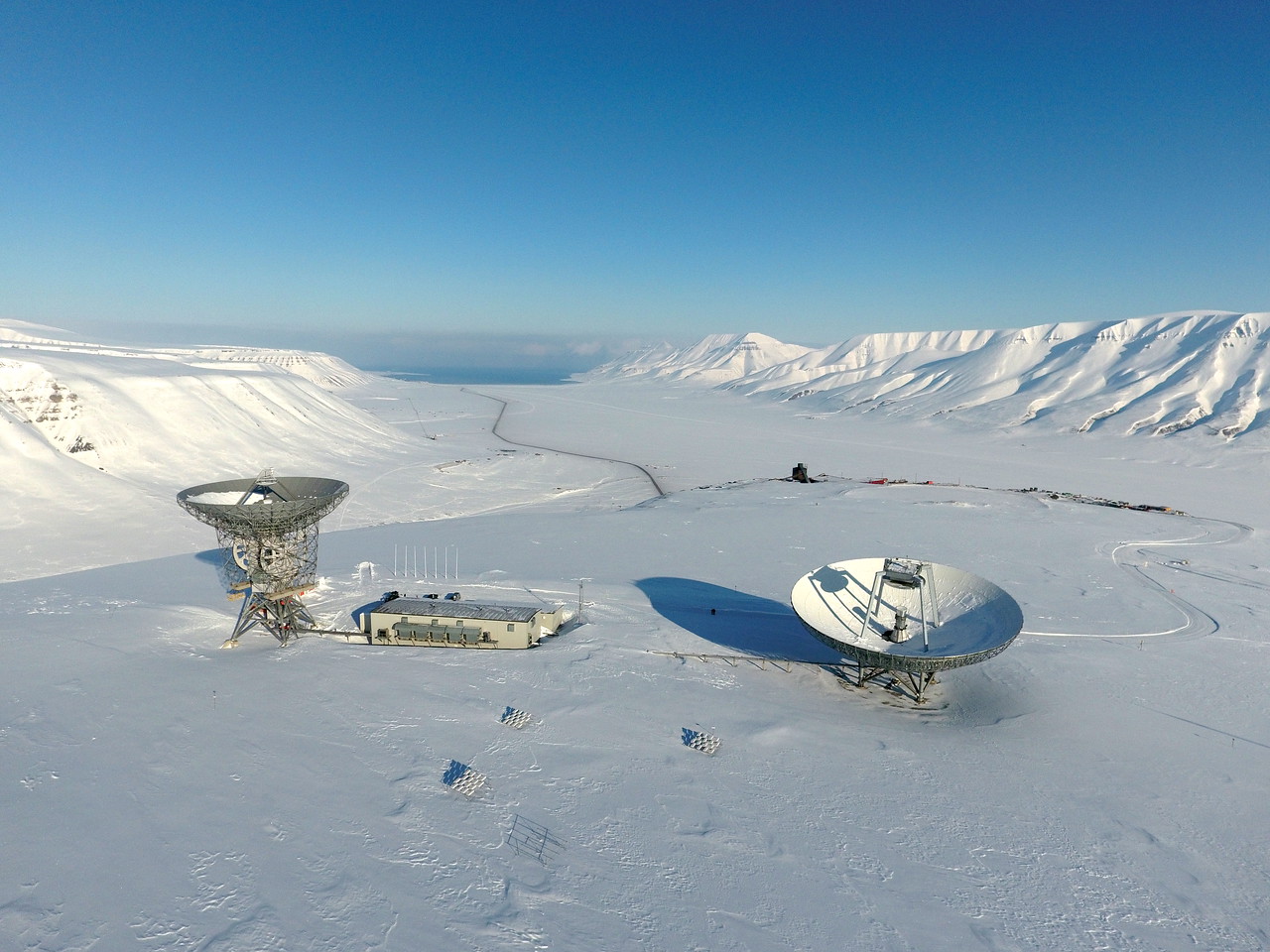BAS scientists support NASA rocket mission
The Space Weather team at British Antarctic Survey (BAS) are supporting a new NASA experiment which aims to uncover unique features of our atmosphere that enable life on Earth.
It is known that one of the key reasons that Earth is able to support life is that it is a watery planet, but billions of years ago the same was true of other planets including Venus. Recent research suggests one reason that Venus was never able to support life in spite of this is that the electric potential of its atmosphere pulls positively charged particles away from the planet’s surface. This includes oxygen particles required to form water. It is thought that Earth has a similar, but much weaker electric potential to Venus that is insufficient to disrupt the water on Earth’s surface.
Now, a new NASA mission has launched an advanced rocket into Earth’s atmosphere to measure its electric potential by detecting the charged particles escaping into space. The Endurance mission was launched from the northernmost launch range in the world located in Svalbard, Norway, though the Earth’s magnetic polar cap. The launch window opened on the 9th May 2022 and the launch took place on the 10th May at 2:31 p.m. BST.

The rocket mission is being supported by ionospheric radars operated by EISCAT (European Incoherent Scatter Scientific Association). The UK is a member of EISCAT via UKRI and the principal investigator for the radar experiment is Dr Suzie Imber of the University of Leicester. Dr Imber is being supported by BAS’ Dr Andrew Kavanagh, a member of the NERC-funded UK EISCAT Support Group, and is working in collaboration with colleagues at UNIS, Norway.
The EISCAT radars provided real time observations of the solar, magnetic, and local weather conditions ahead of the launch to support the Endurance mission. Giant radars on the Norwegian mainland and near to the launch site monitored the atmosphere to ensure that these conditions were right for the rocket launch.
Glyn Collinson, a space scientist at NASA’s Goddard Space Flight Center and principal investigator for the Endurance mission said:
“It’s one of the most fundamental questions in all of science: Why are we here? And it’s what Endurance is after. The reward, if we’re successful, is fantastic because we’ll measure this fundamental property of the Earth, which is directly related to understanding why we’re here.”
Dr Andrew Kavanagh, BAS Middle Atmosphere Vertical Coupling Analyst who is supporting the Endurance mission said:
“This mission demonstrates the importance of the interplay between space science and polar research. BAS’ presence in the polar regions gives us a unique view into space and our planet’s place in the solar system. This experiment will not only expand our understanding of planetary evolution, but it will also give insight into how our upper atmosphere can influence the way different parts of our space environment respond to Space Weather events”
For updates on the Endurance mission including news of the launch date visit the NASA website.